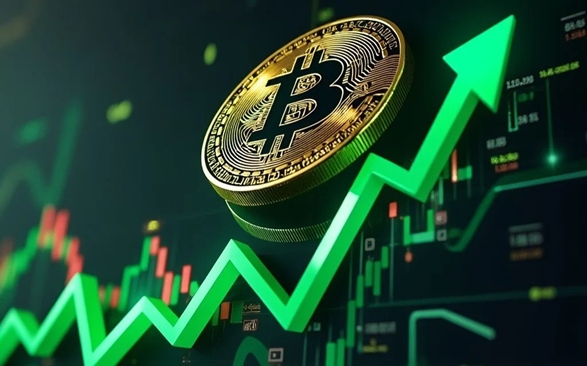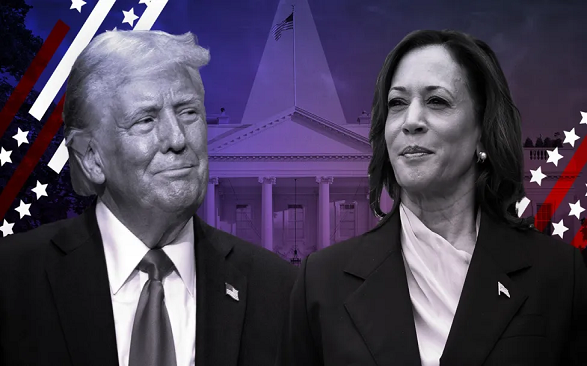On 18 September 2024, the U.S. Federal Reserve cut its benchmark interest rate by 50 basis points, reducing the federal funds rate to a range of 4.75% to 5.00%. This marks the first rate cut in four years, signaling a shift in monetary policy aimed at sustaining economic growth amid moderating inflation and a cooling labor market.
The rate cut is seen as a preemptive move to bolster economic resilience, even as the U.S. economy shows signs of strength. According to Fed Chair Jerome Powell, the decision reflects confidence in achieving the Fed’s dual mandate of maximum employment and stable prices.
Also, Powell emphasized that the Fed will continue to make data-driven decisions on a meeting-by-meeting basis, with the flexibility to adjust rates as needed. This could mean further cuts or a pause, depending on evolving economic conditions.
The rate cut is expected to have significant implications for borrowing costs, consumer spending, and overall economic activity in the U.S. For the uninitiated, lower interest rates typically make borrowing cheaper for consumers and businesses, potentially boosting spending and investment. However, they also carry the risk of encouraging excessive borrowing and could impact savers who earn lower returns on deposits.
Read also: Halving-Induced Rally: Evaluating the probability of a month-end bitcoin surge
Moreover, this development comes against the backdrop of slower hiring and concerns over a potential economic slowdown. Despite these concerns, Powell dismissed the likelihood of a recession, highlighting the solid growth, declining inflation, and robust labor market as positive indicators.
Powell previously signaled that the Fed wouldn’t wait for inflation to hit the 2% target before adjusting rates, indicating a proactive approach to monetary policy. Historically, the Fed has opted for smaller cuts at the start of a rate-cutting cycle, but larger reductions have been made during periods of heightened uncertainty, such as the COVID-19 pandemic in 2020 and the financial crisis in 2008.
The Fed’s next policy meeting is scheduled for 6-7 November, just after the U.S presidential election, 2024. The Commission’s final meeting for the year is scheduled for 17-18 December. Financial market participants are now speculating about the possibility of further rate cuts, with the Chicago Mercentile Exchange (CME) FedWatch tool indicating a 50% chance of rates dropping to a range of 4.5% to 4.75% in November 2024.
Read also: Between investing in bitcoin and Ether
BTC breaks $63,000, altcoins in green
The crypto market reacted positively to the Wednesday announcement, with BTC and many altcoins printing long green candles immediately after the U.S. Fed’s decision. BTC price, which has been trading below $60,000 for weeks amid declining bitcoin active addresses, gained over 5% in 24 hours.
In particular, the leading cryptoasset breached the $63,000 resistance level on Thursday, putting several altcoins in a bullish trajectory. Some of the top performing altcoins in the last 24 hours include TAO, AVAX, FET and SUI, all gaining over 10% in dollar value. ETH, SOL, BCH and BNB have also recorded significant price increases.
Trading at $63,100 at the time of writing, market participants expect the BTC price to reach $65,000 before any huge retracements. Will this September be a different one for the crypto market? Or is another “Rektember” waiting to happen?
Read also: Ethereum and Altcoins: What are the Opportunities in the Altcoin Market?
Ndianabasi Tom A crypto journalist and content writer who has been talking about cryptocurrency and blockchain technology since 2018, Ndianabasi is a Writer at Crypto Asset Buyer (CAB).
Discover more from Crypto Asset Buyer
Subscribe to get the latest posts sent to your email.




